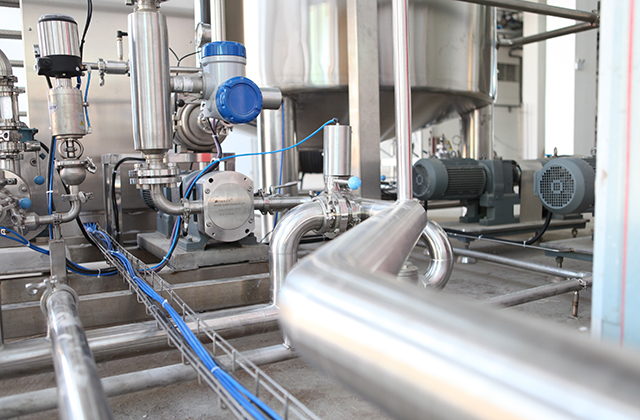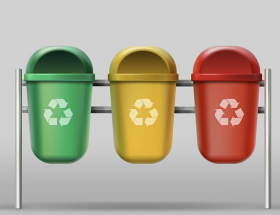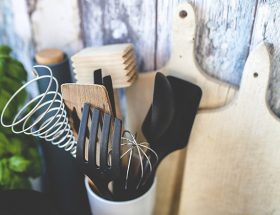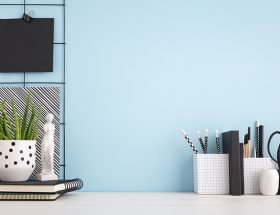Are you experiencing slow drainage, foul odors, or multiple clogged drains in your home? These could be signs of sewer line problems that require immediate attention. Sewer line blockages can cause inconvenience, damage to your property, and potential health hazards. However, before you panic and call a professional plumber, it’s worth trying some DIY methods to fix the issue. In this article, we will provide you with a step-by-step guide to fix sewer line problems and unblock the way to smooth and hassle-free wastewater flow. Trenchless pipe relining Sydney was able to fix a complicated pipe in our commercial building.
Understanding Sewer Line Problems
Sewer lines are the main plumbing lines that connect your home’s plumbing system to the municipal sewer system or septic tank. They are responsible for carrying wastewater from your sinks, toilets, showers, and other drains away from your home to the appropriate disposal location. However, sewer lines can get clogged or damaged over time due to various reasons, such as tree root intrusion, grease buildup, sediment accumulation, pipe corrosion, or shifting soil.
When sewer lines are blocked or damaged, it can disrupt the normal flow of wastewater and cause backups, leaks, or burst pipes. These issues can lead to water damage, foul smells, mold growth, and contamination of your home’s water supply. Therefore, it’s crucial to address sewer line problems promptly to prevent further damage and ensure the smooth functioning of your plumbing system.
Common Signs of Sewer Line Blockages
Before you start fixing sewer line problems, it’s essential to identify whether you are dealing with a blockage or other plumbing issues. Here are some common signs of sewer line blockages:
- Slow Drains: If multiple drains in your home, such as sinks, showers, or toilets, are draining slowly or not draining at all, it could be a sign of a sewer line blockage.
- Foul Odors: If you notice foul smells coming from your drains or yard, it could be due to sewage backup caused by a sewer line blockage.
- Gurgling Noises: If you hear gurgling noises coming from your drains or toilets when you flush or use water, it could indicate a sewer line blockage.
- Water Backups: If you experience water backups in your sinks, toilets, or floor drains, it could be a sign of a sewer line blockage.
- Yard Puddles: If you notice puddles of water or soggy areas in your yard, it could be a sign of a sewer line blockage causing wastewater to seep into the ground.
If you observe any of these signs, it’s crucial to take action immediately and fix the sewer line problem to prevent further damage and restore the normal functioning of your plumbing system.
Step-by-Step Guide to Fix Sewer Line Problems
Fixing sewer line problems may seem daunting, but with the right tools, materials, and guidance, you can tackle the issue effectively. Here is a step-by-step guide to fix sewer line problems:
Step 1: Identify the Issue
The first step in fixing sewer line problems is to identify the root cause of the issue. You can start by inspecting your drains, toilets, and yard for any signs of blockage, leaks, or damage. Use a flashlight to check for water backups, foul odors, or gurgling noises. If you suspect a sewer line blockage, it’s essential to pinpoint the location and severity of the problem before proceeding to the next steps.
Step 2: Gather Tools and Materials
Once you have identified the issue, gather the necessary tools and materials to fix the sewer line problem. You may need a plunger, drain snake, wrench, pipe cutter, pipe wrench, PVC pipes, couplings, and other plumbing tools. It’s crucial to use the right tools and materials for the job to avoid further damage or complications.
Step 3: Clearing the Blockage
If the sewer line blockage is minor and within your home’s plumbing system, you can try clearing it with a plunger or drain snake. Use a plunger to create a seal around the drain and apply gentle pressure to dislodge the blockage. If that doesn’t work, use a drain snake to manually remove the blockage by inserting it into the drain and twisting it until you feel resistance. Pull out the snake and repeat the process until the blockage is cleared.
Step 4: Repairing or Replacing Damaged Pipes
If the sewer line blockage is due to damaged pipes, you may need to repair or replace the affected pipes. Use a wrench or pipe cutter to remove the damaged section of the pipe and replace it with a new one. Make sure to use the appropriate type and size of pipes and couplings for a secure and leak-free connection. If you are not confident in your plumbing skills, it’s best to seek professional help to avoid further damage or complications.
Step 5: Preventive Measures
Once you have fixed the sewer line problem, it’s crucial to take preventive measures to avoid future blockages or damage. Here are some tips:
- Avoid flushing non-biodegradable items such as wipes, sanitary napkins, or grease down the toilet or drains.
- Use drain screens or guards to catch hair, food particles, and debris before they enter the drain.
- Avoid planting trees or shrubs with invasive roots near your sewer lines.
- Regularly inspect and clean your drains, gutters, and downspouts to prevent sediment or debris buildup.
By following these preventive measures, you can minimize the risk of sewer line problems and ensure the smooth functioning of your plumbing system.
DIY vs Professional Help
Fixing sewer line problems can be a challenging task that requires plumbing skills and expertise. While minor blockages can be cleared with DIY methods, it’s crucial to know your limitations and seek professional help if the issue is complex or beyond your expertise. Hiring a licensed and experienced plumber can save you time, effort, and potential damage to your property. They can accurately diagnose the issue, use specialized tools and materials, and provide long-term solutions to prevent future problems.
Conclusion
Dealing with sewer line problems can be stressful, but with the right knowledge and tools, you can fix the issue and prevent further damage. Remember to identify the issue, gather the necessary tools and materials, clear the blockage, repair or replace damaged pipes if needed, and take preventive measures to avoid future problems. If you are not confident in your plumbing skills, it’s best to seek professional help. By following these steps, you can unblock the way to smooth and hassle-free wastewater flow in your home. Go here for sewer line problems.









